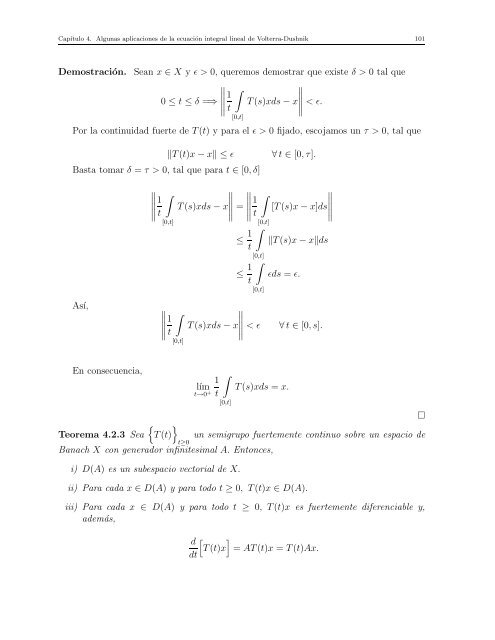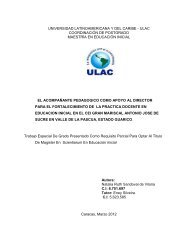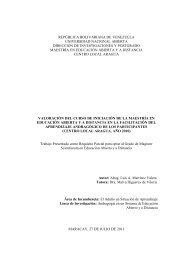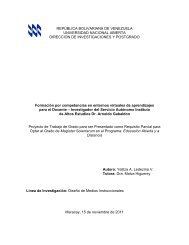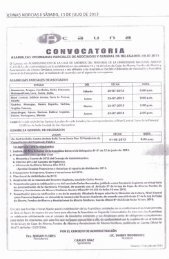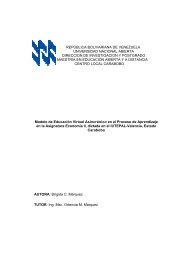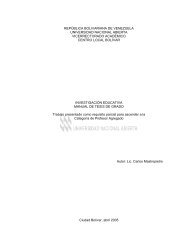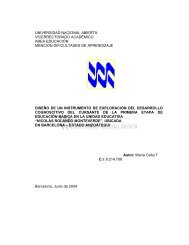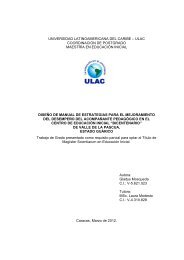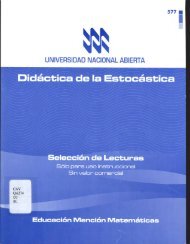Ecuaciones Integrales Lineales de Volterra-Dushnik en Espacios de ...
Ecuaciones Integrales Lineales de Volterra-Dushnik en Espacios de ...
Ecuaciones Integrales Lineales de Volterra-Dushnik en Espacios de ...
Create successful ePaper yourself
Turn your PDF publications into a flip-book with our unique Google optimized e-Paper software.
Capítulo 4. Algunas aplicaciones <strong>de</strong> la ecuación integral lineal <strong>de</strong> <strong>Volterra</strong>-<strong>Dushnik</strong> 101Demostración. Sean x ∈ X y ǫ > 0, queremos <strong>de</strong>mostrar que existe δ > 0 tal que∫10 ≤ t ≤ δ =⇒T(s)xds − x∥ t∥ < ǫ.[0,t]Por la continuidad fuerte <strong>de</strong> T(t) y para el ǫ > 0 fijado, escojamos un τ > 0, tal que‖T(t)x − x‖ ≤ ǫBasta tomar δ = τ > 0, tal que para t ∈ [0, δ]∀ t ∈ [0, τ].∫1∥ t[0,t]∥ ∥∥∥∥ ∫T(s)xds − x∥ = 1[T(s)x − x]dst∥[0,t]≤ 1 ∫‖T(s)x − x‖dst≤ 1 t[0,t]∫ǫds = ǫ.Así, ∥ ∥∥∥∥ ∫1t[0,t][0,t]T(s)xds − x∥ < ǫ∀ t ∈ [0, s].En consecu<strong>en</strong>cia,1límt→0 + t∫[0,t]T(s)xds = x.□{ }Teorema 4.2.3 Sea T(t) un semigrupo fuertem<strong>en</strong>te continuo sobre un espacio <strong>de</strong>t≥0Banach X con g<strong>en</strong>erador infinitesimal A. Entonces,i) D(A) es un subespacio vectorial <strong>de</strong> X.ii) Para cada x ∈ D(A) y para todo t ≥ 0, T(t)x ∈ D(A).iii) Para cada x ∈ D(A) y para todo t ≥ 0, T(t)x es fuertem<strong>en</strong>te difer<strong>en</strong>ciable y,a<strong>de</strong>más,d[ ]T(t)x = AT(t)x = T(t)Ax.dt


